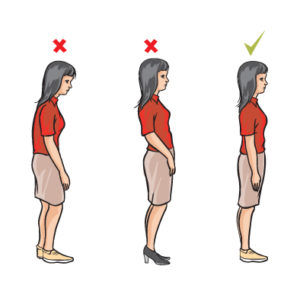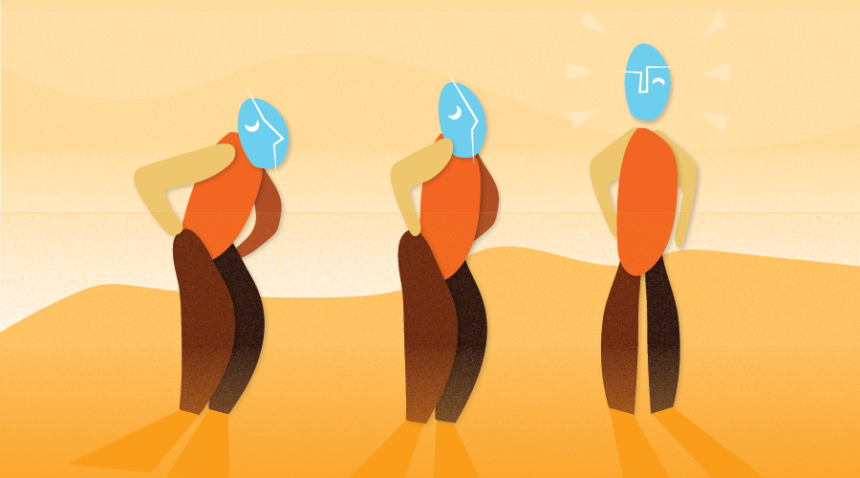
When I teach a MELT (Myofascial Energetic Length Technique) class, I always begin by talking the participants through an assessment where I describe ideal alignment, and the participants are encouraged to evaluate by comparing their self-perception to the ideal. I recently had a question about this. Here it is:
Why is it so important to be in ideal alignment?
Sure, it looks look when somebody has good posture but that is not the main reason.

When we are in good alignment (i.e. have ideal posture), we have proper relationships within our musculoskeletal system and move with ease and efficiency. Even slight deviations compromise this efficiency. For example, if our head is a little forward, something in our body has to go backwards to maintain the center of gravity. Thus we have shortened a muscle somewhere and lengthened another to compensate. If we always return back to ideal posture, then those relationships are restored to their proper length but that usually does not happen.
We often stay in less than ideal alignment, and the result is that compensations become permanent. The detrimental effects are not immediately obvious, particularly when the deviations are slight. When we notice it a lot is when we have an injury which causes us to limp for a while or if we are immobilized in a cast. For one, it costs a great deal of effort to get from point A to B. And it usually does not take long, and we notice that other parts of our body begin to hurt. The lower back, for example, is often a victim of an ankle sprain.
It is my belief that bad posture often starts as a bad habit. Habitually carrying heavy objects on just one side (which includes small children on just one hip), sitting in front of the computer with the head jutting forward and slouching instead of sitting upright are just some examples.
So, what can you do about it?
First, notice it. It’s half the battle. I am biased and believe that a MELT class is a great place to learn about your posture. But a skilled fitness professional can also help you identify imbalances and compensations and design a program that can address them.
And now: head up, shoulders back and abs tight – just as your mother always said!

